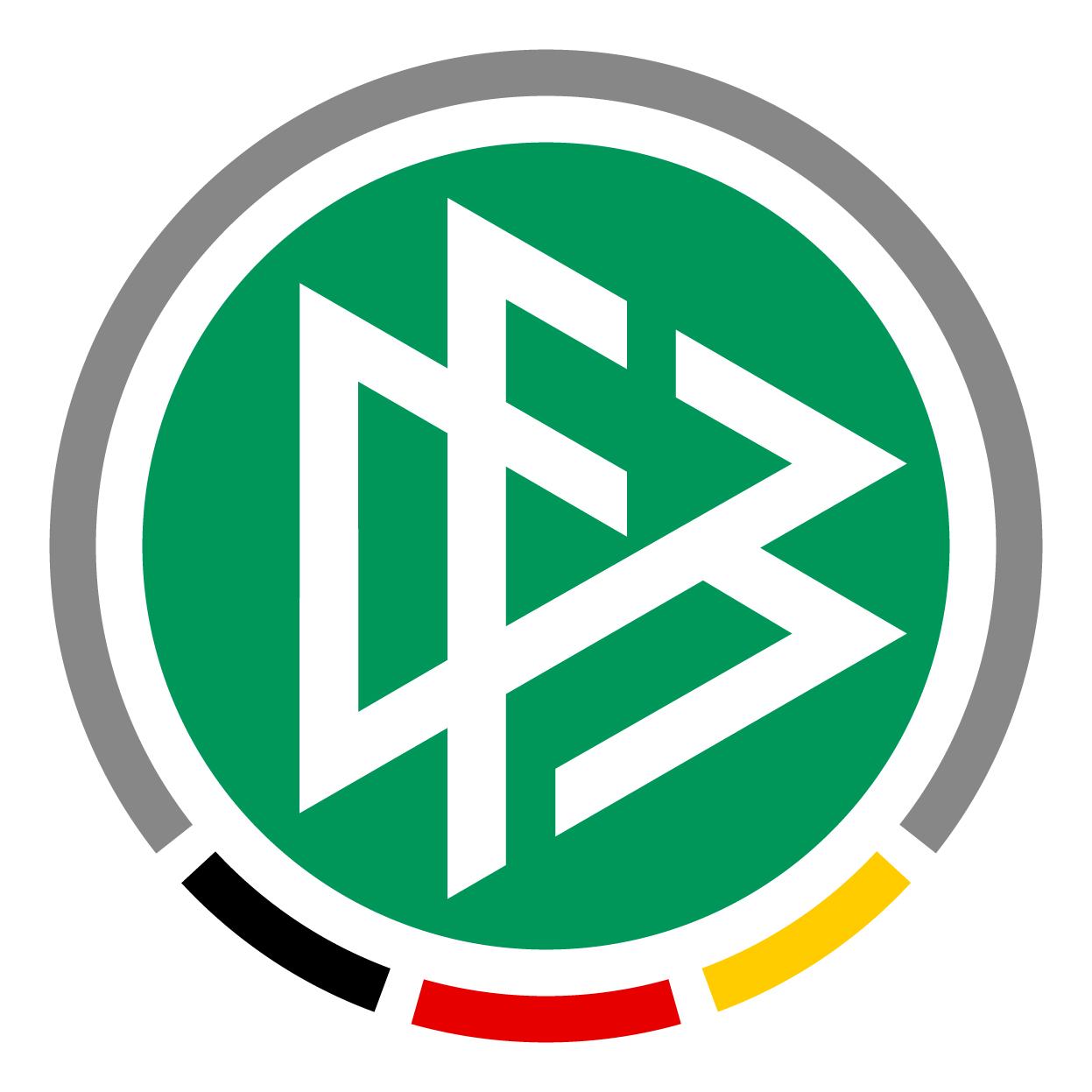Physical responses of different small-sided game formats in elite youth soccer players
(Körperliche Reaktionen auf verschiedene Kleinfeldspiele von jugendlichen Fußballspielern des Hochleistungsbereiches)
A major use of small-sided games (SSGs) in soccer training is the concomitant development of game-specific aerobic fitness (Hill-Haas et al., 2008). We hypothesize that the SSG formats of 2 vs. 2, 3 vs. 3, and 4 vs. 4 players reveal game-like intensities and therefore are most adequate to increase game-specific aerobic fitness.
Methods: Heart rate (HR), percentage of maximum heart rate (HRmax), blood lactate concentration (La), and time-motion characteristics of 17 elite male youth soccer players (aged 14.9 ± 0.7 years, VO2max 61.4 ± 4.5 ml/kg/min, HRmax 199.6 ± 7.3 beats/min) were collected by global positioning systems while performing the SSG formats. Play time (2 vs. 2: 3 x 4 min, 3 vs. 3: 3 x 5 min, 4 vs. 4: 3 x 6min) was interrupted by 1.5 minutes of passive rest. Grid area was adjusted to keep a constant grid area per player at 1:150. Repeated-measures analysis of variance and effect sizes according to Batterham & Hopkins (2006) were calculated to demonstrate the differences between SSG formats. Results: Highest physiological responses were obtained in 2 vs. 2 (HR: 186±7 beats/min, HRmax: 93.3 ± 4.2%, La: 5.5 ± 2.4 mmol/l) followed by 3 vs. 3 (HR: 184 ± 8 beats/min, HRmax: 91.5 ± 3.3%, La: 4.3 ± 1.7 mmol/l) and 4 vs. 4 (HR: 179 ± 7 beats/min, HRmax 89.7 ± 3.4%, La: 4.4 ± 1.9 mmol/l). Time spent with an intensity above 90% or between 85-89% of HRmax did not differ significantly between 2 vs. 2 and 3 vs. 3, but was less prominent in 4 vs. 4. Pronounced differences were found for time spent in the speed zones ``walking`` (26.8 km/h).
Discussion: The findings suggest that all the formats reveal game-like intensities and are suitable for aerobic fitness improvements. The time-motion characteristics of the SSG formats tested indicate a shift towards higher velocities if the grid and the number of players increases, suggesting that the players make use of the larger pitch and off-the-ball movements. However, we found pronounced demands on the anaerobic energy supply in 2 vs. 2, whereas 3 vs. 3 and 4 vs. 4 remain predominantly on an aerobic level. As the effect sizes demonstrate a higher heart rate response in 3 vs. 3 compared to 4 vs. 4, we suggest using 3 vs. 3 for soccer-specific aerobic fitness training. If higher loads with extended anaerobic demands are aimed for, soccer coached might prefer 2 vs. 2.
© Copyright 2012 17th Annual Congress of the European College of Sport Science (ECSS), Bruges, 4. -7. July 2012. Veröffentlicht von Vrije Universiteit Brussel. Alle Rechte vorbehalten.
| Schlagworte: | Nachwuchsleistungssport Jugend Junioren Fußball Spielsportart Training Spielform Belastung Stoffwechsel aerob Geschwindigkeit Bewegung Herzfrequenz Relation Sportphysiologie |
|---|---|
| Notationen: | Nachwuchssport Spielsportarten |
| Veröffentlicht in: | 17th Annual Congress of the European College of Sport Science (ECSS), Bruges, 4. -7. July 2012 |
| Herausgeber: | R. Meeusen, J. Duchateau, B. Roelands, M. Klass, B. De Geus, S. Baudry, E. Tsolakidis |
| Veröffentlicht: |
Brügge
Vrije Universiteit Brussel
2012
|
| Seiten: | 257 |
| Dokumentenarten: | Kongressband, Tagungsbericht |
| Sprache: | Englisch |
| Level: | hoch |
